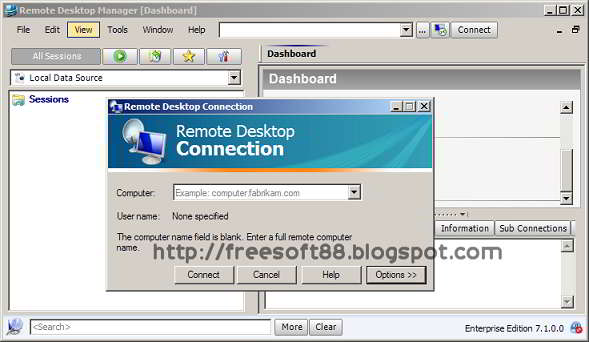

Why is all this possible? Man, that's an ontological question! Let's just stick to the rdg file - it's XML, so we take an XML template and populate it with information gathered from our Azure service. Select the rdg file and fire up some remote connections!.Click File / Open and navigate to the folder containing the rdg file.Start the Remote Desktop Connection Manager.For example: Create-AzureServiceRdgFile -ServiceName FredCLoud -FolderPath "c:\users\fred\rdg_files\" -Verbose.Run the function, supplying a target cloud service and a directory in which to store the resultant rdg file.Make sure you have the most up to date Azure PowerShell module.rdg file for a targeted cloud service.Ĭreate Azure Cloud Service Remote Desktop Connection Manager Group File (.rdg) rdg file for all of the Windows VMs in that cloud service?Īnd, here it is. rdg files for you? And, wouldn't it be even, even better if that same function could target an Azure cloud service and create a. Wouldn't it be even better if there was a PowerShell function that could create these. rdg files to store information about a group of remote desktop connections. Wouldn't it be good if there was an application that could store and group all of your remote desktop connections? Well, strangely enough, there is one and it's been available for a long time! Now, in writing last week's post I thought to myself, "How could I make my Azure life even easier?" The answer flows below. For me, this is much easier than finding the required RDP link in one of the the Azure portals and I've been using the PowerShell method for a while. Last week I launched an RDP session to an Azure VM with the aid of a PowerShell cmdlet.


 0 kommentar(er)
0 kommentar(er)
